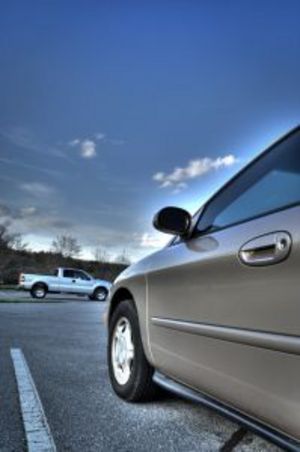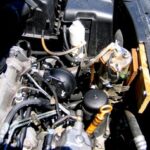Is your “Check Engine” light on again? Drivers have learned to hate that light on the dashboard that tells them there is some kind of problem with the car. No one wants an expensive repair that is going to keep their car out of service for days. One way to find out if it is a big problem or a little problem is to have a diagnostics test run. There are a few ways you can diagnose your car problems for free if you know who to ask and where to look. You can even do it yourself with the right tools and a little help from the Internet. As a good frugal New Englander, I’ve diagnosed my car problems for free many times. If I can do it, so can you!
Businesses Offering Free Car Diagnostics
The easiest way to check the diagnostics on your car for free is to have a repair shop or auto parts store do it for you. Many of these types of businesses offer free car diagnostic tests in hopes that you will purchase parts or services from them for the repair needed. Call your regular mechanic, and if he does not offer diagnostic services for free, call other repair shops or auto parts stores until you find one that does.
DIY Car Diagnostics to Save Money & Time
Diagnostic readers, also known as OBDII (On-Board Diagnostics II) readers, are available for car owners to purchase. Ask your friends or co-workers to see if anyone has one you can borrow. Many people own a reader because they are relatively inexpensive to buy. If your check engine light comes on frequently, it may be worthwhile to invest in an OBDII reader so you can figure out the problem without having to take your car anywhere.
OBDII readers connect to the master computer in your car, called the electronic control unit, or ECU. Check your car’s manual to see if it includes the location of the connector. Most cars have them located somewhere on or near the dashboard, but some older vehicles might have the connection under the hood. If your owner’s manual doesn’t include the location of the ECU connector, do an Internet search to find out where it is. Be sure to include your car’s make, model, and year made in your search since the location of the connector for the ECU varies between manufacturer and even between models made by the same manufacturer.
Once you can connect your OBDII reader to the ECU, follow your owner manual’s instructions for putting the car into diagnostics mode. This will usually involve turning the ignition key to a certain spot. Again, if you don’t have your owner’s manual or the information isn’t included there, a simple Internet search will tell you what you need to know. After you’ve activated the diagnostics mode and connected your OBDII reader, you will get an OBDII code.
I Have My Free Car Diagnostics Code – Now What?
The code is usually a series of numbers but may also include letters.You will need to look up the code specific to your car’s make, model and year to find out what it means. Some readers come with manuals or software to interpret the code for you. There are also several websites devoted to nothing but OBDII codes.
My personal favorite is obd-codes.com. This website not only has thousands of OBDII codes and what they mean, they also have an active forum you can turn to for help in understanding what the codes mean and even how to do the repair on your own. I’ve never had the guts (or the tools or the know-how) to repair my own car, but I’ve saved myself many trips to the auto repair shop by using these techniques to get free car diagnostics.



